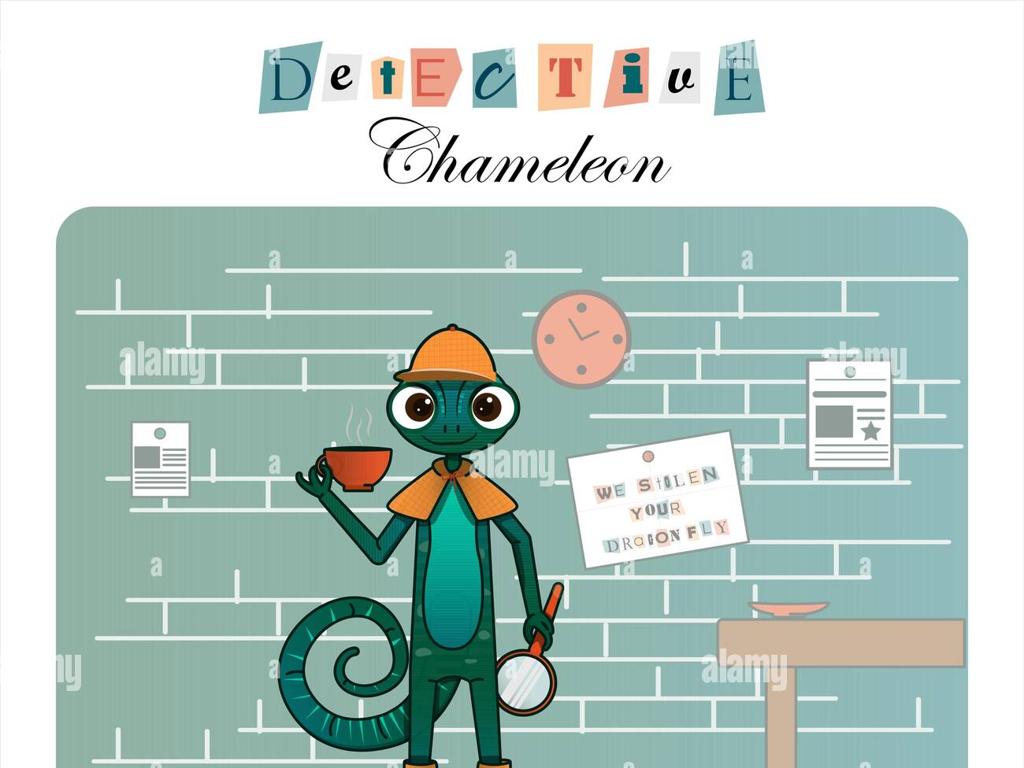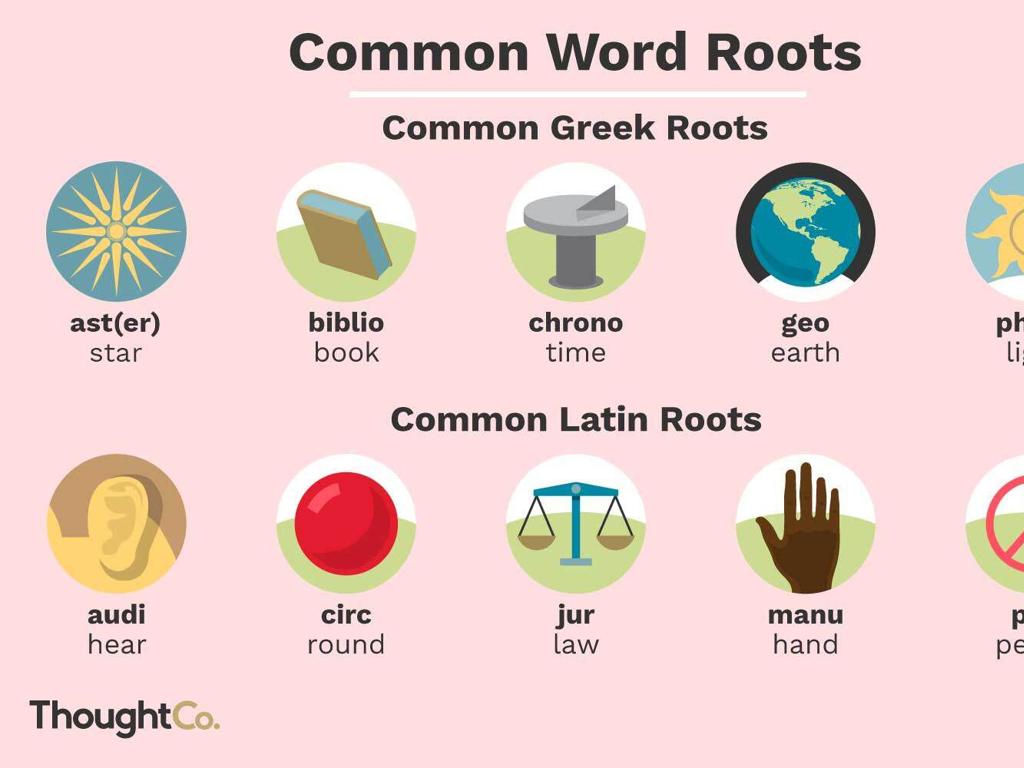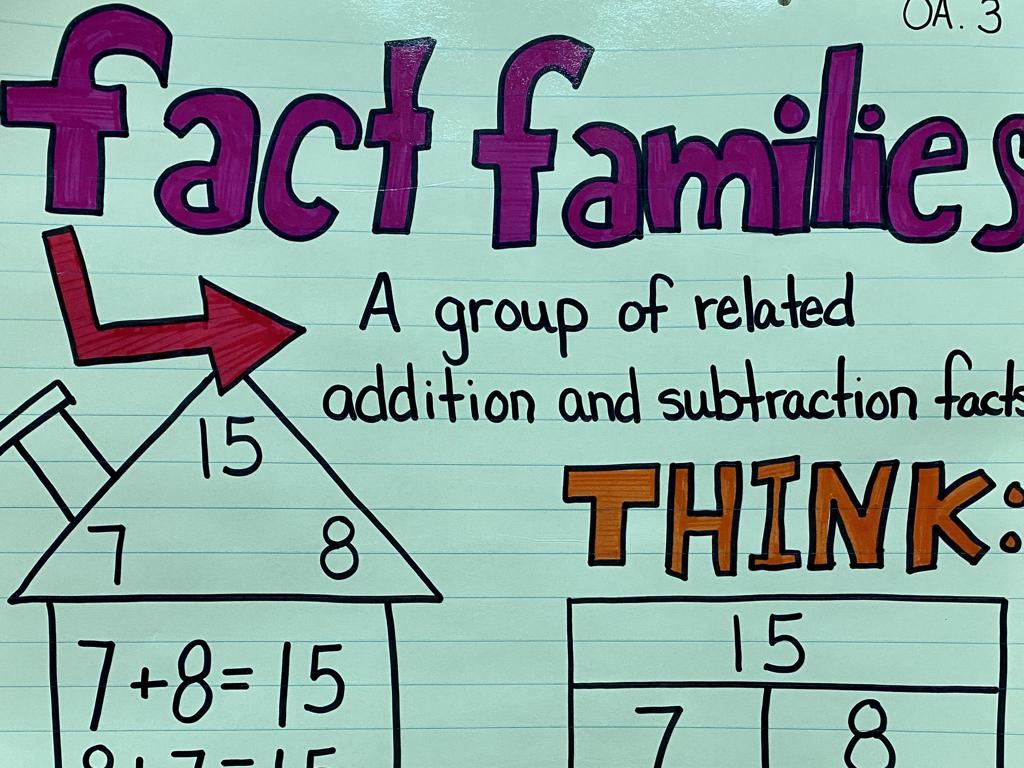Multiply Fractions And Whole Numbers: Sorting
Subject: Math
Grade: Fifth grade
Topic: Multiply Fractions And Whole Numbers
Please LOG IN to download the presentation. Access is available to registered users only.
View More Content
Multiplying Fractions with Whole Numbers
– Understand fractions & whole numbers
– Fractions represent parts of a whole; whole numbers are complete units
– Multiplication as combining groups
– Multiplying is like adding a number to itself several times
– Real-life multiplication examples
– E.g., Cooking recipes often require half or quarter measurements
– Practice with sorting activities
|
This slide introduces the concept of multiplying fractions by whole numbers. Begin by ensuring students have a solid understanding of what fractions and whole numbers represent. Explain multiplication as a method of combining groups, using visual aids if possible. Provide relatable examples, such as using recipes that call for half or quarter measurements of ingredients, to demonstrate how fractions are multiplied in real life. Conclude with sorting activities where students categorize problems by difficulty or type, reinforcing the concept through practice.
Visualizing Fraction Multiplication
– Visual models for fractions
– Use shapes like circles or bars divided into equal parts
– Multiply fractions by whole numbers
– Show 2 groups of 3/4 using a model
– Example: 2 x 3/4
– Visualize 2 groups of 3 parts each, when a whole is 4 parts
|
This slide aims to help students understand the concept of multiplying fractions with whole numbers through visual aids. Start by explaining how visual models, such as pie charts or bar diagrams, can represent fractions. Then, demonstrate the process of multiplication by showing multiple groups of these fractions. For example, to calculate 2 x 3/4, draw two separate models each showing 3/4. This will help students see that multiplying by a whole number is like adding that fraction to itself that many times. Encourage students to draw their own models for practice.
Multiplying Fractions by Whole Numbers
– Convert whole number to fraction
– Example: 3 becomes 3/1
– Multiply the numerators
– If 3/1 x 2/5, multiply 3 (numerator) by 2
– Multiply the denominators
– Multiply 1 (denominator of 3/1) by 5
– Simplify the fraction
– If result is 6/5, it simplifies to 1 1/5
|
This slide provides a step-by-step guide for fifth graders on how to multiply fractions by whole numbers. Start by converting the whole number into a fraction by placing it over 1. Then, multiply the numerators (top numbers) of the fractions to get the new numerator. Next, multiply the denominators (bottom numbers) to get the new denominator. Lastly, simplify the fraction if possible. For example, if the fraction is improper (numerator larger than denominator), convert it to a mixed number. Use examples to illustrate each step, and encourage students to practice with different sets of numbers to gain confidence.
Multiplying Fractions with Whole Numbers
– Practice Example 1: 3 x 4/5
– Multiply whole number by numerator
– Practice Example 2: 7 x 2/3
– Multiply whole number by numerator
|
This slide is designed for practice in multiplying fractions with whole numbers. Start by explaining the process: to multiply a whole number by a fraction, multiply the whole number by the numerator of the fraction and keep the denominator the same. For example 1, multiply 3 (the whole number) by 4 (the numerator) to get 12, then place it over the denominator 5, resulting in 12/5. For example 2, multiply 7 by 2 to get 14, then place it over the denominator 3, resulting in 14/3. Encourage students to simplify the fractions if possible. This exercise will help solidify their understanding of the concept through hands-on practice.
Sorting Activity: Grouping Multiplication Results
– Classify fraction x whole number products
– Sort into proper and improper fractions
– Proper fractions are less than 1, improper are more or equal to 1
– Discuss varying product sizes
– Products can be less or more than the used whole number
– Understand product comparison
– Compare why 1/2 x 8 is less than 8, but 3/2 x 8 is more
|
This activity is designed to help students understand the relationship between fractions and whole numbers when multiplied. Students will multiply various fractions with whole numbers and then classify the results as proper or improper fractions. They will sort their answers accordingly. The discussion should focus on why some products are greater than the whole number used in the multiplication (improper fractions) and why some are not (proper fractions). For example, multiplying a fraction less than 1 will result in a product smaller than the whole number, while a fraction greater than 1 will give a larger product. This activity will enhance their understanding of the concept and prepare them for more complex operations involving fractions.
Class Activity: Fraction Multiplication Art
– Create art with fraction multiplication
– Receive a number and a fraction to multiply
– Use the product for art proportions
– If your product is 1/2, color half your art piece
– Color based on your calculation
– This helps visualize fraction multiplication
|
This activity is designed to help students understand the concept of multiplying fractions by whole numbers through a creative and engaging art project. Each student will be given a whole number and a fraction to multiply. They will then use the resulting product to determine what proportion of their art piece should be colored. For example, if a student multiplies 3 by 1/4 and gets 3/4, they will color three-fourths of their art piece. This visual representation reinforces the concept of fractions and multiplication. Possible variations for different students could include using different whole numbers or fractions, creating patterns with the colored sections, or even combining their pieces to create a larger class mural.
Wrapping Up: Fractions & Whole Numbers
– Review of multiplying fractions
– Why it’s key to learn this
– Understanding this helps in real-life math problems, like cooking or dividing things.
– Homework: Practice worksheet
– Solve extra problems to master the concept.
– Keep practicing at home!
|
As we conclude today’s lesson, it’s crucial to recap the steps of multiplying fractions with whole numbers. Emphasize the importance of this skill in everyday situations, such as adjusting a recipe or splitting items into smaller portions. For homework, students are assigned a worksheet that provides additional problems for practice, reinforcing the concepts learned in class. Encourage students to attempt these problems independently, offering them the opportunity to apply what they’ve learned and build confidence in their abilities. Remind them that practice is key to mastery and to seek help if they encounter difficulties.






